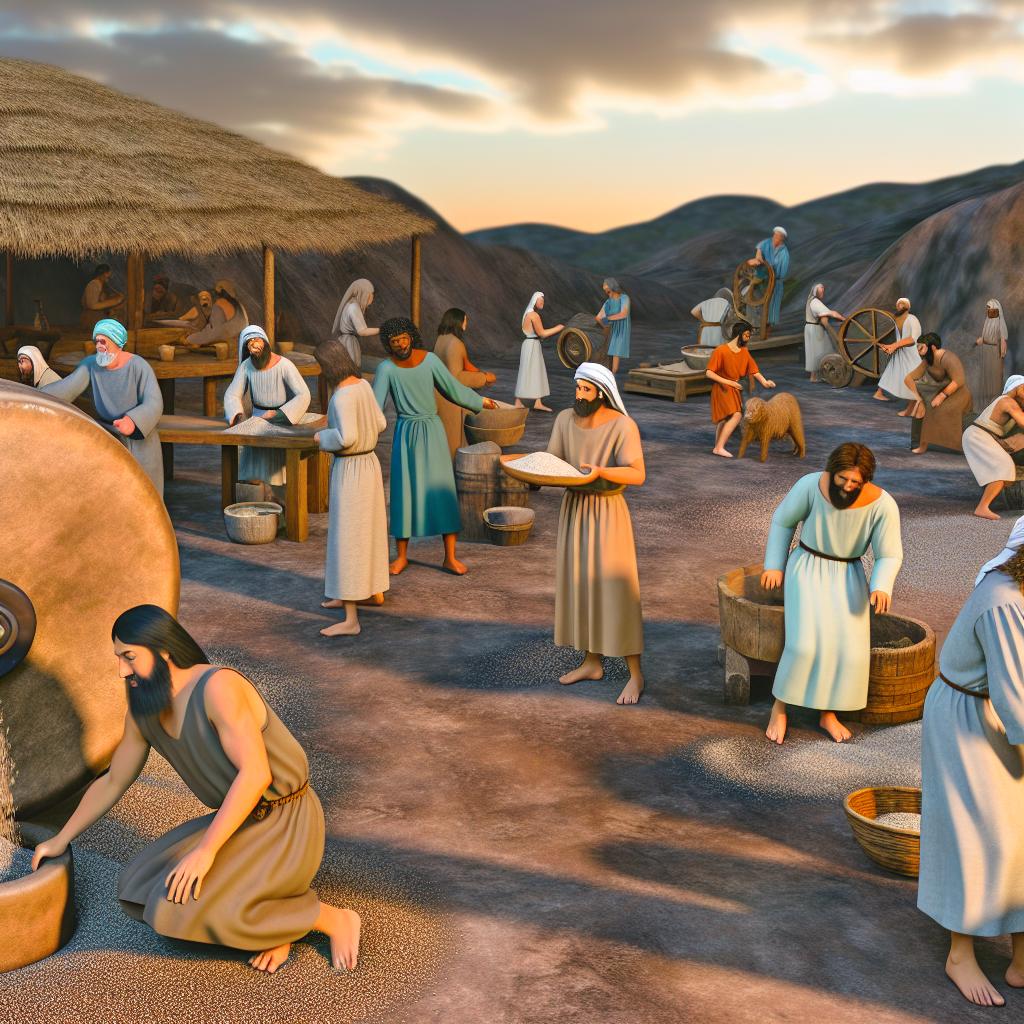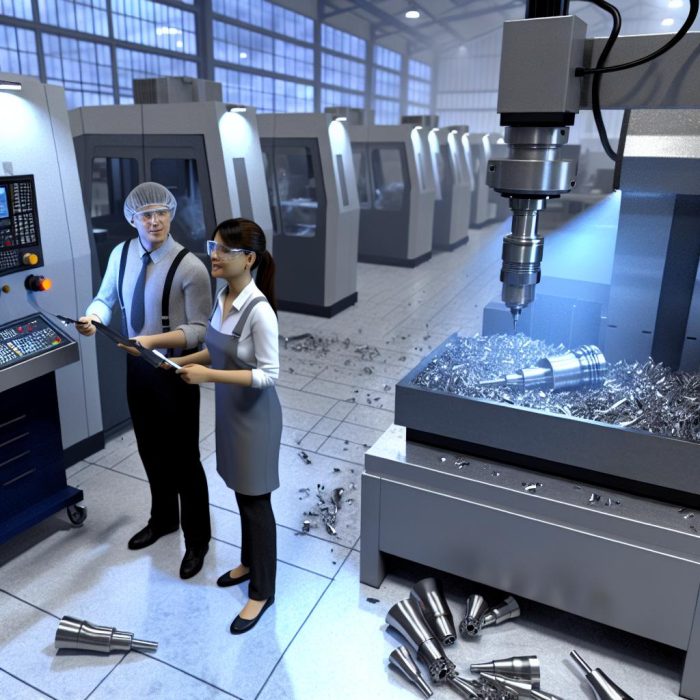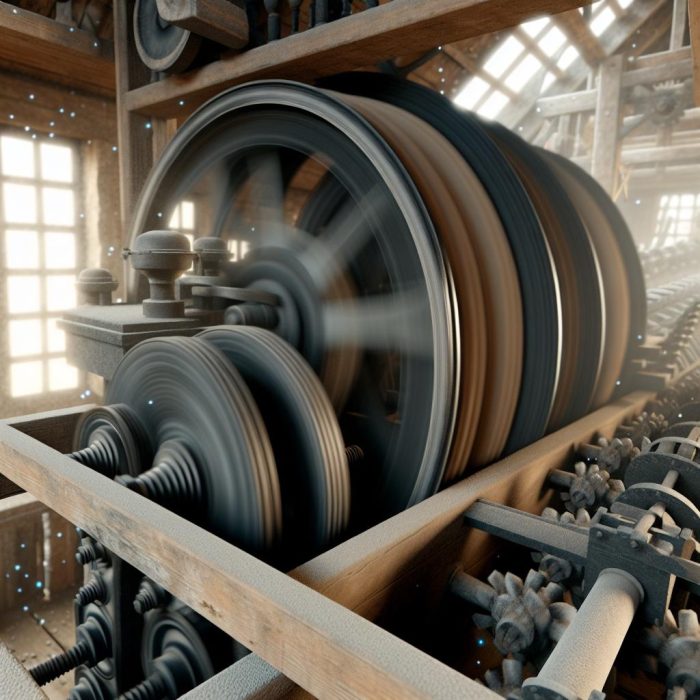The Development of Milling Techniques in Ancient Times
The evolution of milling techniques played a crucial role in the advancement of early civilizations. This process of grinding grains to create flour allowed communities to produce more reliable food sources, contributing significantly to societal growth and development. Exploring these techniques provides valuable insights into the ingenuity and resourcefulness of ancient peoples.
Early Milling Methods
Initially, humans used basic tools, such as stones, to grind grains manually. This rudimentary method, known as hand milling, involved using a mortar and pestle. The grains would be placed in the mortar, and the pestle was used to crush them into flour. This labor-intensive process was limited by the strength and endurance of the individuals performing it.
Querns and Handstones
The introduction of the quern marked a significant advancement in milling techniques. Consisting of two circular stones, the quern allowed grains to be ground more efficiently. The top stone was rotated against the stationary lower stone, using hand power. The ground material would then escape through the gap between the stones. Querns were commonly used in various cultures, each adapting the design for their particular needs.
Water Mills
The transition from manual to mechanical milling epitomizes the innovative spirit of ancient civilizations. The advent of water mills revolutionized flour production by harnessing the natural force of flowing water. The Greeks and Romans are credited with popularizing this technology, which spread throughout Europe and Asia. Water mills comprised a complex system of gears and shafts that transferred the motion of water to the milling stones.
In these mills, a waterwheel was the key component, turning in response to the flowing water’s force. As the wheel turned, it powered a series of gears that rotated the upper millstone, grinding the grain placed between two stones. This method drastically reduced labor intensity and increased production capacity, supporting larger populations.
Windmills
Following the success of water mills, the emergence of windmills brought further innovation in milling technology. The earliest known windmills were developed in Persia (modern-day Iran). Here, a vertical shaft with attached sails caught the wind, driving the rotation of the millstone. As trade and exploration expanded, windmill technology spread across Europe, particularly in regions with less access to water resources. These structures further optimized grain processing, significantly enhancing food production efficiency.
The Broader Implications of Milling Innovations
The continuous evolution of milling techniques in ancient times illustrates the critical relationship between technology and societal progression. By innovatively adapting their environments and utilizing available natural forces, ancient civilizations laid the groundwork for modern milling technologies, ensuring sustainable food sources and supporting the growth of their societies.
Economic Impact
The transformation of milling techniques had profound economic implications. As milling processes became more efficient, communities could produce flour in larger quantities. This increased production not only ensured a stable food supply but also enabled trade. Flour became a valuable commodity, exchanged locally and across great distances, fostering economic interconnections among different regions.
Social Organization
The advancements in milling technology also influenced social organization. As milling became less labor-intensive with the introduction of mechanical methods, societies saw an expansion in their workforce. More individuals were freed from manual labor to pursue other activities such as crafts, military endeavors, and intellectual pursuits. This shift contributed to the diversification of professions within early societies, encouraging a more complex social structure.
Technological Innovation and Adaptation
Ancient milling technologies reflect a remarkable level of technological innovation and adaptation. Each stage of development, from hand milling to the use of wind and water power, demonstrates human beings’ ability to harness and exploit their natural environment. These technological advancements were not isolated events but part of a broader pattern of human ingenuity, which saw societies constantly improving upon existing methods to meet the challenges they faced.
Influence on Later Technologies
The pioneering efforts in developing milling technologies set the stage for future innovations. Techniques and concepts developed in ancient times influenced the design of more modern machinery. For instance, the principles underlying the construction and operation of ancient mills can be seen in industrial machines used during the Industrial Revolution. This historical link underscores the lasting impact of these ancient technologies on subsequent technological progress.
Conclusion
In reflecting on the development of milling techniques, one can appreciate the inventiveness of ancient civilizations. From simple tools to sophisticated water and wind-powered mills, each advancement marked a significant step in the journey of human progress. These technologies not only addressed immediate needs such as reliable food production but also catalyzed broader societal changes, including economic growth and social diversification.
The study of these technologies offers a window into the past, revealing how ancient communities interacted with their environment and laid foundations that continue to influence our world today. By understanding the history of milling, modern societies can draw lessons on the importance of innovation and adaptation in addressing humanity’s ongoing challenges.



